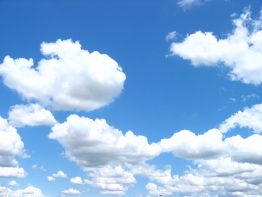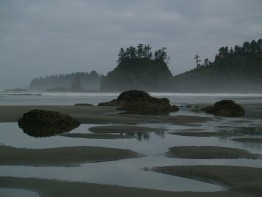With seafood, what you see isn’t always what you get. It’s no secret that mislabeling is rampant around the world. Recent studies estimate up to 30 percent of seafood served in restaurants and sold in supermarkets is actually something other than what is listed on the menu or label. Why mislabeling happens is a little squishier. Fraud, human error or marketing ploys — combined with an often multicountry traverse from boat to restaurant — make it possible you are eating a different fish than what’s on the menu.
Read more at UW Today »Sustainability of fisheries, dynamic carbonate sedimentation, and more
Each week we share the latest peer-reviewed publications coming from the College of the Environment. Over the past week, three new articles co-authored by members of the College were added to the Web of Science database. They include articles about sustainability of fisheries, dynamic carbonate sedimentation, and more. Read on!
Read more »UW hosts two-day event on urban environmental justice
From access to green space to pollution exposure, environmental issues in cities often disproportionately impact low-income communities and people of color. Climate change can exacerbate those issues, affecting everything from housing to food systems. And growing numbers of people moving to urban areas further strains infrastructure and creates additional challenges. The complex interplay between urban development, climate change and environmental and social justice is the focus of a two-day symposium to be held at the University of Washington Nov.
Read more at UW Today »New study looks at what lies below Mount St. Helens
The reason for the location of Mount St. Helens is an enigma. The volcano lies farther west than other peaks in the Cascades volcanic arc. Research published this week may begin to explain why.
Read more at UW Today »The Diurnal Ekman Layer, rain shadows, and more
Each week we share the latest peer-reviewed publications coming from the College of the Environment. Over the past week, four new articles co-authored by members of the College were added to the Web of Science database. They include articles about the Diurnal Ekman Layer, Rain shadows, and more. Read on!
Read more »





